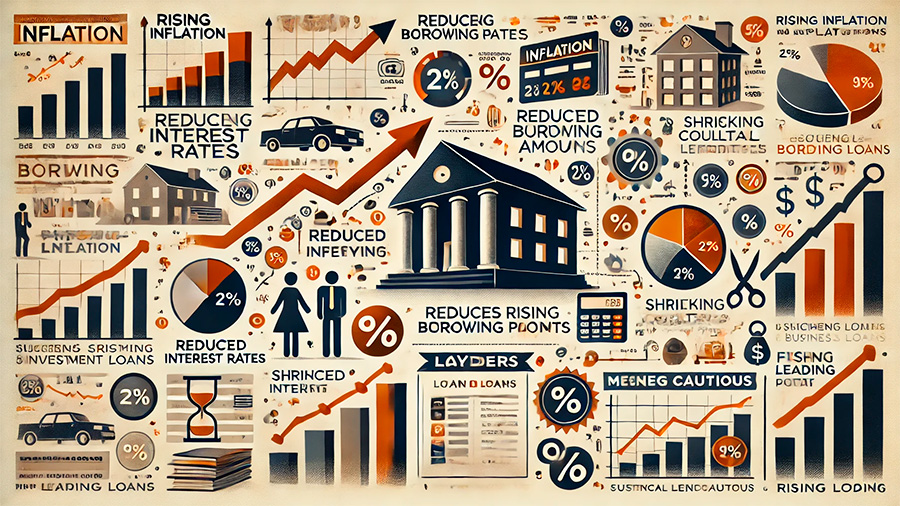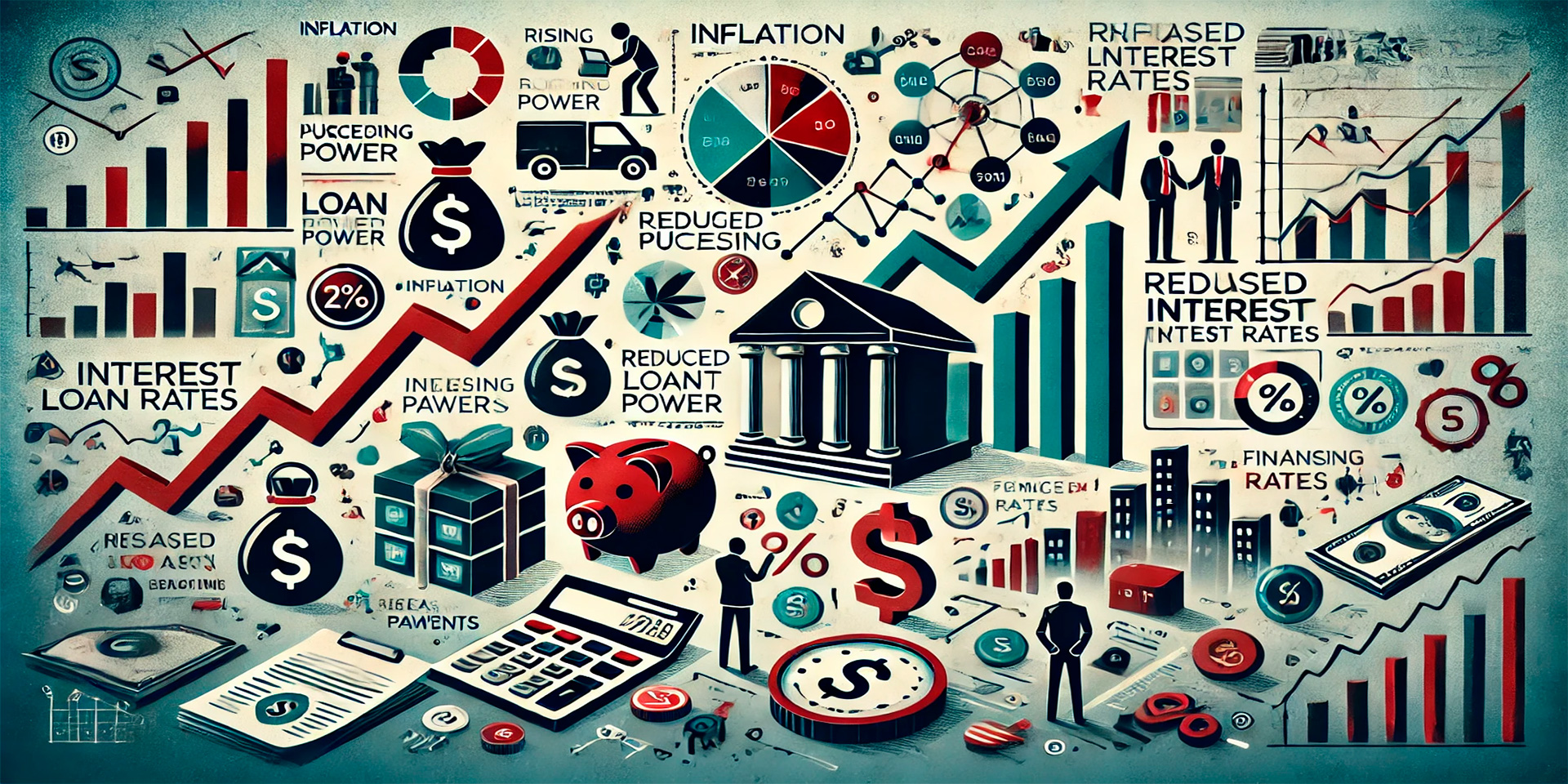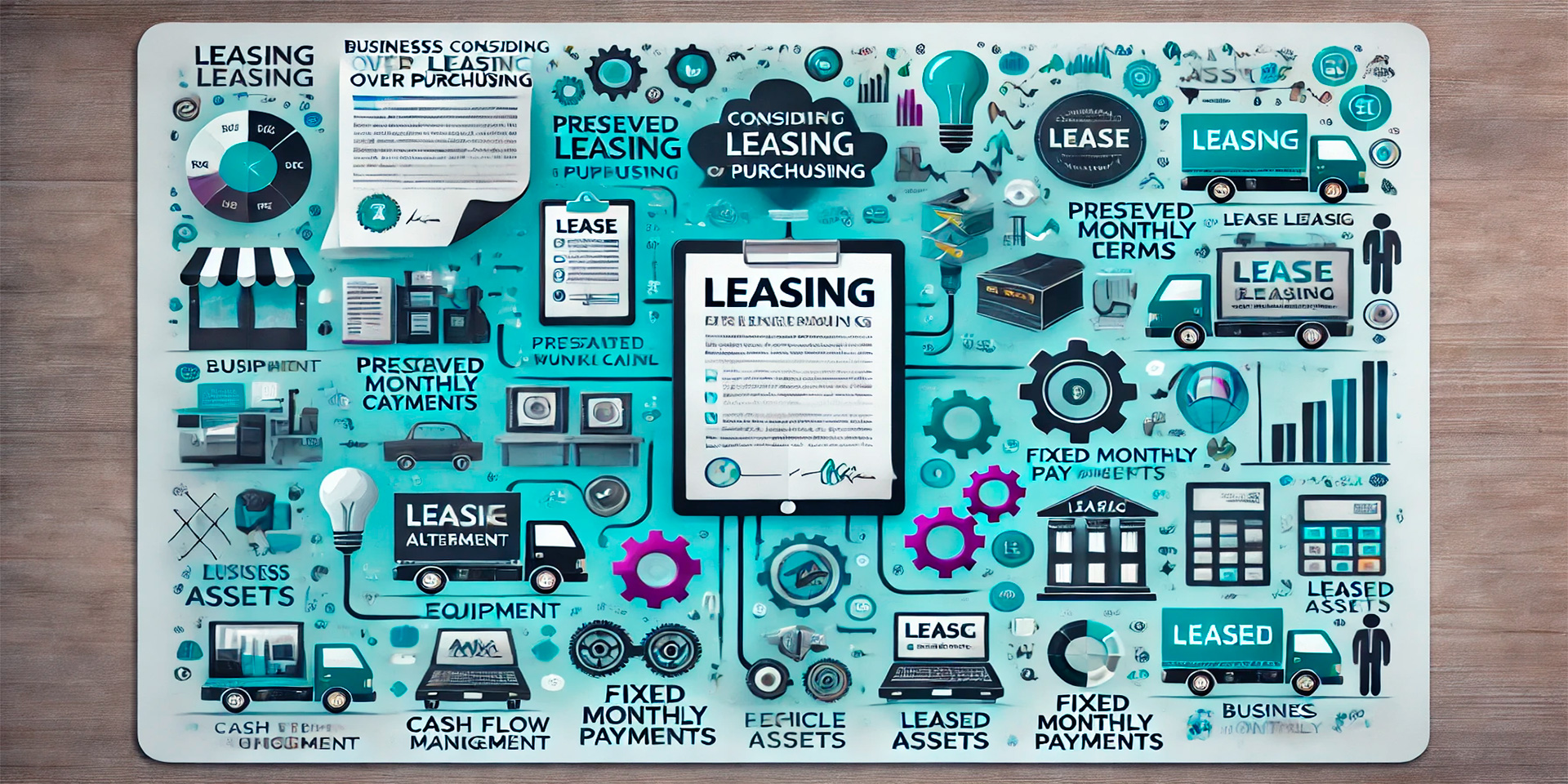Inflation has a significant impact on loan terms and borrowing power, affecting everything from interest rates to loan affordability. As inflation rises, the cost of borrowing increases, making it more expensive for individuals and businesses to take out loans. Understanding how inflation influences loan terms is essential for managing debt effectively and maintaining financial stability.
When inflation increases, the purchasing power of money decreases, leading to higher costs across the board. Lenders respond to inflation by raising interest rates to protect their returns, which directly impacts the cost of loans. For borrowers, this means that loans become more expensive, monthly payments rise, and the amount of credit available may decrease.
The Relationship Between Inflation and Interest Rates
One of the most direct ways inflation affects loan terms is through interest rates. Central banks, such as the Federal Reserve in the U.S., adjust interest rates in response to inflation to manage economic growth and maintain price stability. When inflation rises, central banks often raise interest rates to control spending and reduce inflationary pressures.
Higher interest rates make loans more expensive for borrowers. For example, a business looking to take out a loan for equipment or expansion will face higher monthly payments when interest rates rise due to inflation. Similarly, individuals seeking mortgages or personal loans will find that the cost of borrowing has increased, reducing their ability to afford larger loan amounts.
Rising interest rates also impact the terms lenders offer to borrowers. As the cost of borrowing increases, lenders may shorten loan terms or require larger down payments to offset the increased risk of inflation eroding the value of repayments over time.

How Inflation Reduces Borrowing Power
As inflation rises, borrowing power—the ability of individuals and businesses to secure loans—decreases. Higher interest rates reduce the amount borrowers can afford to repay each month, which in turn lowers the total loan amount they can qualify for. This is particularly noticeable in long-term loans, such as mortgages or business loans, where small changes in interest rates can lead to significant increases in total repayment costs.
For example, a potential homebuyer who could afford a $300,000 mortgage at a 3% interest rate may only qualify for a $250,000 mortgage when interest rates rise to 5% due to inflation. This reduction in borrowing power can affect purchasing decisions, limit investment opportunities, and slow down economic activity as businesses and individuals scale back on borrowing.
Inflation also affects lenders’ willingness to extend credit. As inflation rises, lenders become more cautious about the long-term value of money and may impose stricter lending criteria. Borrowers may need to demonstrate higher creditworthiness, provide more substantial collateral, or agree to higher interest rates to secure financing.
Variable vs. Fixed Interest Rates During Inflation
Inflation impacts both variable and fixed interest rate loans, but the effects differ depending on the type of loan. For variable interest rate loans, inflation directly influences how much borrowers pay each month. As inflation increases and central banks raise interest rates, borrowers with variable rate loans will see their monthly payments increase in response to these changes. This can make managing debt more challenging, as rising inflation leads to unpredictable loan costs.
In contrast, fixed-rate loans offer protection against inflation-driven interest rate increases. Borrowers with fixed-rate loans lock in their interest rates at the time the loan is taken out, meaning that even if inflation causes interest rates to rise, their loan payments remain the same. This stability can be particularly beneficial during periods of high inflation, as it shields borrowers from rising borrowing costs.
However, borrowers with fixed-rate loans still face challenges during inflationary periods. While their loan payments remain stable, the value of the money they repay decreases as inflation erodes purchasing power. Lenders may offset this risk by offering higher interest rates on new fixed-rate loans during times of inflation.

Inflation’s Impact on Loan Affordability
Inflation also affects loan affordability by increasing the overall cost of living. As the prices of goods and services rise, borrowers may find it harder to allocate funds toward loan payments. With household expenses such as food, energy, and housing costs increasing, borrowers may struggle to keep up with their debt obligations, leading to higher default rates.
For businesses, inflation can result in higher operating costs, which may reduce profitability and cash flow. This can make it more difficult for businesses to meet loan repayment obligations, particularly for companies that rely on borrowing to finance growth or cover short-term expenses. In these cases, rising inflation can strain a business’s ability to repay loans, increasing the risk of default.
In addition to rising costs, inflation can lead to reduced consumer spending, which can further affect business revenues. When inflation reduces the purchasing power of consumers, demand for goods and services often declines, leading to lower sales and profits for businesses. For companies with outstanding loans, this reduction in revenue can complicate their ability to service debt.
Strategies to Mitigate the Impact of Inflation on Loans
To mitigate the impact of inflation on loan terms and borrowing power, borrowers can take several proactive steps. One of the most effective strategies is to lock in fixed interest rates on loans whenever possible. By securing a fixed rate, borrowers can protect themselves from rising interest rates during periods of inflation, ensuring that their loan payments remain stable over time.
Another strategy is to build a financial buffer by maintaining a healthy cash reserve. Inflation can lead to unexpected increases in costs, making it more difficult to meet loan obligations. Having a cash cushion can help borrowers manage rising expenses and avoid falling behind on loan payments.
Borrowers should also focus on improving their creditworthiness. During times of inflation, lenders may impose stricter lending standards, and borrowers with stronger credit profiles are more likely to secure favorable loan terms. Paying down existing debt, improving credit scores, and demonstrating consistent financial stability can help borrowers qualify for loans even during inflationary periods.
For businesses, managing cash flow effectively is essential for navigating inflation. This may involve adjusting pricing strategies, reducing unnecessary expenses, or diversifying revenue streams to ensure sufficient cash flow for loan repayments.
Conclusion
Inflation has a significant impact on loan terms and borrowing power, raising interest rates, reducing the amount of credit available, and making loans more expensive. Borrowers need to understand how inflation affects their ability to secure loans and manage debt effectively. By locking in fixed interest rates, maintaining a financial cushion, and improving creditworthiness, borrowers can mitigate the effects of inflation and protect their financial stability.



